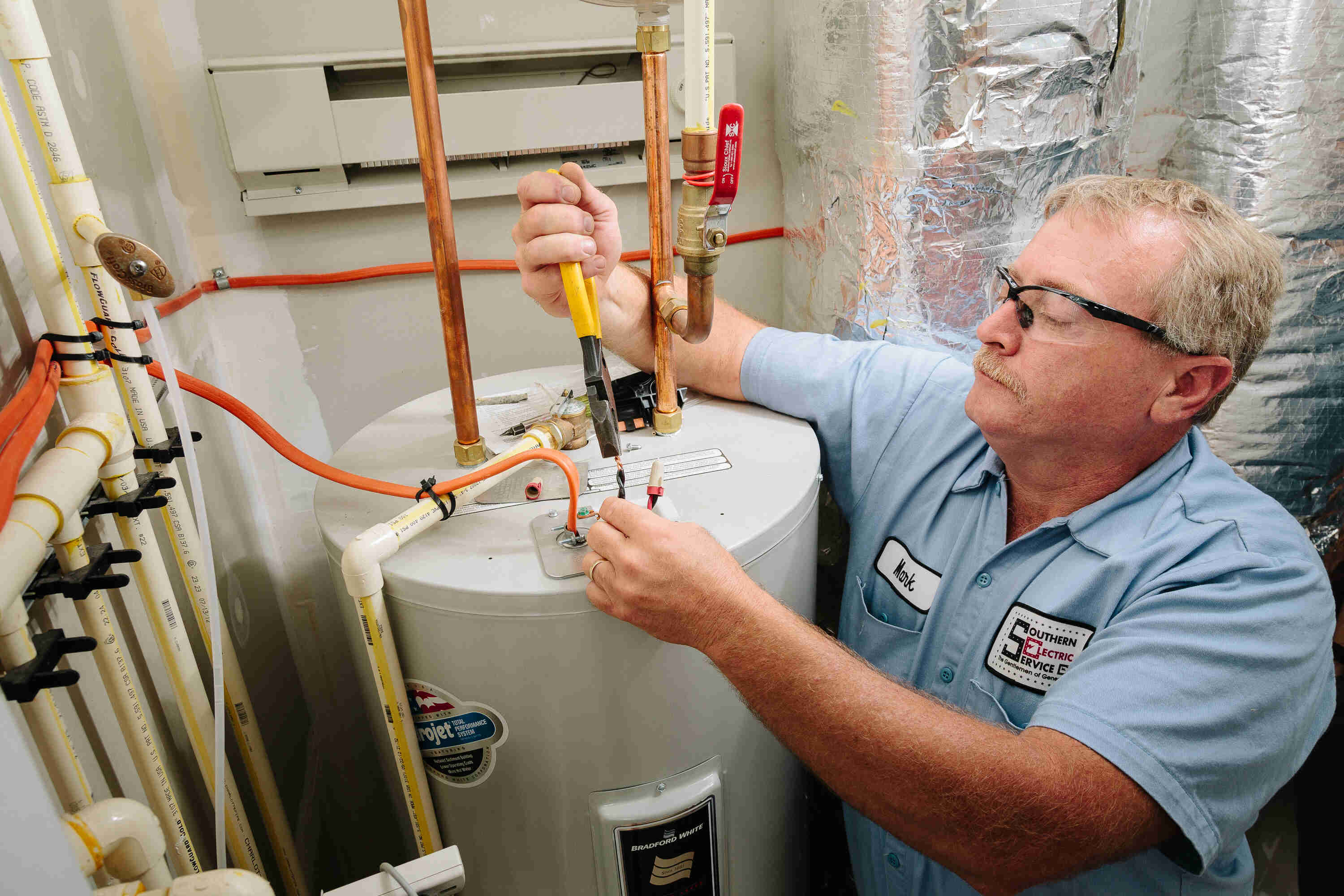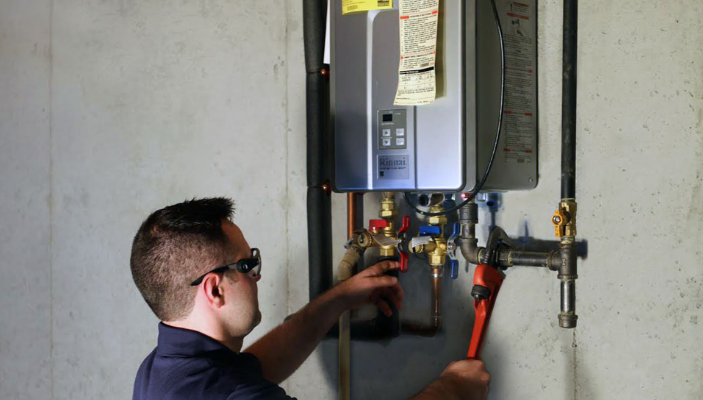Essential Care Techniques for Your Home's Hot Water SystemSpecialist Guidance for Maintaining Your Home's Hot Water System
Essential Care Techniques for Your Home's Hot Water SystemSpecialist Guidance for Maintaining Your Home's Hot Water System
Blog Article
Just how do you feel in relation to Tips on Maintaining a Water Heater?

Warm water is necessary for everyday convenience, whether it's for a refreshing shower or cleaning dishes. To guarantee your hot water system runs successfully and lasts longer, normal maintenance is crucial. This article offers practical ideas and insights on exactly how to maintain your home's warm water system to avoid interruptions and costly repair services.
Intro
Maintaining your home's warm water system might appear challenging, yet with a few basic steps, you can ensure it runs smoothly for many years to come. This guide covers every little thing from understanding your hot water system to do it yourself maintenance ideas and recognizing when to contact specialist help.
Value of Maintaining Your Hot Water System
Normal upkeep not just extends the life expectancy of your warm water system but likewise guarantees it operates effectively. Disregarding maintenance can cause lowered efficiency, higher power costs, and even premature failing of the system.
Indicators Your Hot Water System Demands Upkeep
Understanding when your hot water system requires interest can avoid major concerns. Watch out for indicators such as irregular water temperature, strange sounds from the heating unit, or rusty water.
Flushing the Hot Water Heater
Flushing your water heater gets rid of sediment buildup, boosting effectiveness and prolonging its life.
Monitoring and Changing Anode Rods
Anode rods protect against rust inside the storage tank. Checking and changing them when broken is critical.
Facility Concerns Calling For Professional Help
Instances include significant leaks, electric issues, or if your water heater is continually underperforming.
Routine Specialist Maintenance Benefits
Professional upkeep can include extensive examinations, tune-ups, and making sure compliance with security criteria.
Inspecting and Adjusting Temperature Settings
Changing the temperature level setups makes certain optimum efficiency and safety and security.
DIY Tips for Maintenance
You can execute numerous upkeep jobs yourself to keep your warm water system in leading problem.
Looking for Leakages
On a regular basis check pipes and connections for leakages, as these can bring about water damages and greater expenses.
Understanding Your Hot Water System
Prior to diving right into upkeep tasks, it's useful to recognize the standard parts of your hot water system. Usually, this includes the hot water heater itself, pipelines, anode rods, and temperature controls.
Month-to-month Upkeep Tasks
Regular monthly checks can aid capture minor issues before they rise.
Testing Pressure Alleviation Valves
Examining the stress safety valve guarantees it works properly and avoids excessive pressure build-up.
Shielding Pipelines
Protecting hot water pipes reduces warmth loss and can conserve power.
When to Call an Expert
While DIY maintenance is beneficial, some concerns need professional proficiency.
Conclusion
Routine maintenance of your home's warm water system is vital for efficiency, long life, and cost financial savings. By adhering to these ideas and knowing when to seek specialist aid, you can guarantee a reliable supply of warm water without unexpected disturbances.
Water Heater Maintenance: The Basics
Maintaining your water heater will ensure it operates efficiently and has a longer lifespan. Neglecting regular maintenance can lead to costly repairs and an even bigger chunk of your savings if you have to replace it sooner than necessary. But there’s good news: Most water heater maintenance tasks are relatively simple and easy for homeowners with basic DIY skills.
Flush the Water Heater
Over time, sediment and minerals can build up in the tank, reducing its efficiency and potentially causing damage. To flush the tank, turn off the power or gas supply, attach a hose to the drain valve near the bottom and open the valve to drain the water until it runs clear. Ideally, flush the tank annually.
Replace the Anode Rod
The anode rod is a sacrificial metal rod that helps prevent corrosion inside the tank. Inspect and replace it every three to five years or per the manufacturer's recommendation. To replace the anode rod, turn off the power or gas supply, drain a few gallons of water from the tank, unscrew the old rod and replace it with a new one. If the anode rod is significantly corroded or covered in calcium buildup, it's a sign the water heater may need to be replaced soon.
Tune-Up
A yearly tune-up can help identify potential issues and ensure your water heater operates at peak efficiency. This typically involves checking the thermostat, burner assembly (for gas heaters) and any other components specified by the manufacturer. During a tune-up, the technician may also clean the burner and adjust the pilot light (for gas heaters) or examine the heating elements (for electric heaters).
How to Maintain Your Water Heater
Insulate the tank. Insulating the tank can improve energy efficiency and reduce heat loss, saving you money on energy bills. You can purchase precut insulation blankets designed specifically for water heaters or use standard fiberglass insulation wrapped securely around the tank. Check the temperature. The recommended water temperature for most households is around 120 degrees Fahrenheit (49 degrees Celsius). Higher temperatures can increase energy costs and potentially cause scalding. Use a kitchen thermometer to check the temperature at the faucet nearest the water heater. Monitor water pressure. Excessive water pressure can strain the water heater and cause leaks or even tank failure. Install a pressure-reducing valve if necessary. The ideal water pressure range is between 60 and 70 PSI (pounds per square inch). Test the temperature and pressure (T&P) relief valve. The T&P relief valve is a safety feature that releases pressure if the tank gets too hot or the pressure builds up too high. Test it annually by lifting the lever and allowing a small amount of water to release. Replace the valve if it doesn't release water or reseal properly. Check for leaks. Regularly inspect the tank, pipes and fittings for leaks or corrosion. Deal with issues promptly to prevent further damage. Even a small leak can lead to significant water damage over time. Consider a tankless water heater. If your traditional tank-style water heater is nearing the end of its lifespan ( typically 10 years), consider replacing it with a tankless water heater. These units heat water on demand, reducing standby energy losses and potentially saving you money on your energy bills. Schedule professional maintenance. While homeowners can perform many water heater maintenance tasks, it's still a good idea to schedule professional maintenance every few years. A plumber or HVAC technician can thoroughly inspect the unit, identify potential issues and ensure it operates safely and efficiently. https://www.homeserve.com/en-us/blog/home-improvement/hot-water-heater-maintanence/

I recently found that page about Tips For Maintaining Your Hot Water Heater when looking around the search engines. Enjoyed reading our entry? Please share it. Help other people find it. I praise you for your time. Revisit us soon.
This Resource Report this page